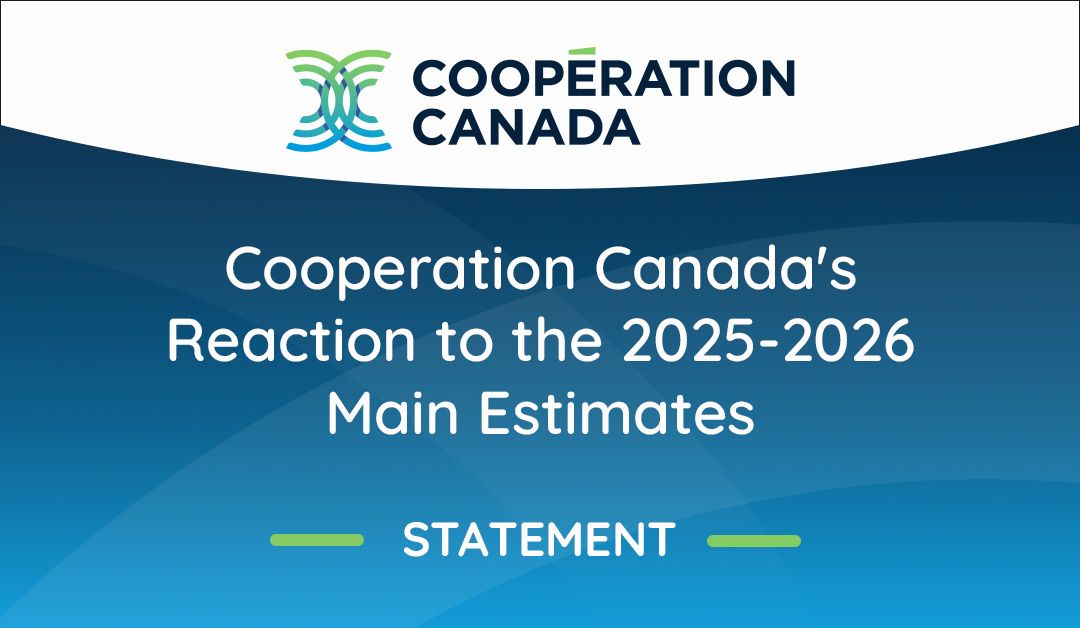The 2025–2026 Main Estimates, tabled by the Government of Canada on 27 May 2025, outline planned federal expenditures totaling $486.9 billion. These estimates serve as a foundational component of the government’s expenditure plan, detailing the financial resources required by departments and agencies to deliver programs and services for the fiscal year. Given that the government has not yet produced a budget for 2025-2026, this is our best indication of the direction of government spending.
Decline in International Assistance Funding
A notable concern within the 2025–2026 Main Estimates is the apparent decline in allocations for international assistance. While specific figures for the International Assistance Envelope (IAE) are not detailed in the Main Estimates, the overall trend indicates a reduction in funding for global development initiatives.
This is concerning given the pressing global challenges that require sustained support, as well as Prime Minister Mark Carney’s pledge not to cut Canada’s foreign aid or development financing during the 2025 federal election campaign.
The Government of Canada’s latest published figures for 2023-2024 had the IAE at $12.3 billion and Official Development Assistance (ODA) at $10.2 billion. Canadian ODA in 2023-2024 which could be directed to other purposes beyond in-donor support for refugees and special support for Ukraine and Covid-19, already declined by 6% from 2022-2023.
Laying the Groundwork for Robust International Cooperation
Amid escalating global crises, development and humanitarian needs are intensifying, and funding shortfalls from other key donors are widening. It is imperative for the government to maintain and safeguard ODA, and to do so through a multi-year budget trajectory for the International Assistance Envelope which ensures investments are timely, transparent and predictable.
Budget transparency and predictability are essential for maximizing the impact of Canadian assistance. This builds trust with Canadians and international partners and enables more effective coordination, planning, and strategic allocation of resources.
Likewise, we must protect and expand humanitarian assistance, upholding Canada’s tradition of supporting the world’s most vulnerable in times of crisis. This government has committed to maintaining an annual international humanitarian assistance budget of no less than $800 million. In times of exacerbated crisis, the government should increase this investment in line with global needs, building on Canada’s leadership, which reached a high of $1.3 billion in 2022–2023.
This is also an opportunity to modernize Canada international assistance systems to make our engagement more effective and to better balance funding across civil society, multilateral and bilateral channels for maximized impact. Likewise, we should enhance funding flexibility to support local leadership and respond to changing contexts, while leveraging new and innovative Canadian and global partnerships.
As Canada prepares to welcome world leaders to the 2025 G7 Summit later this month, we look ahead with anticipation to how it will demonstrate global leadership by reaffirming its commitment to principled and impactful international cooperation.
Notes to Editors
- Cooperation Canada is the national voice for Canadian international development and humanitarian organizations. Representing over 100 organizations, we convene, coordinate and advocate for effective, inclusive and accountable international cooperation that contributes to a fairer, safer and more sustainable world.
Media Contact
Gabriel Karasz-Perriau, Senior Communications Manager
[email protected]
(514) 945-0309

